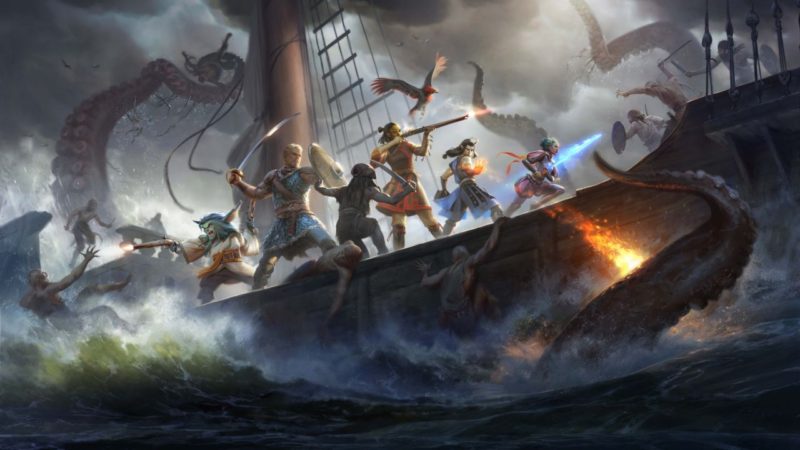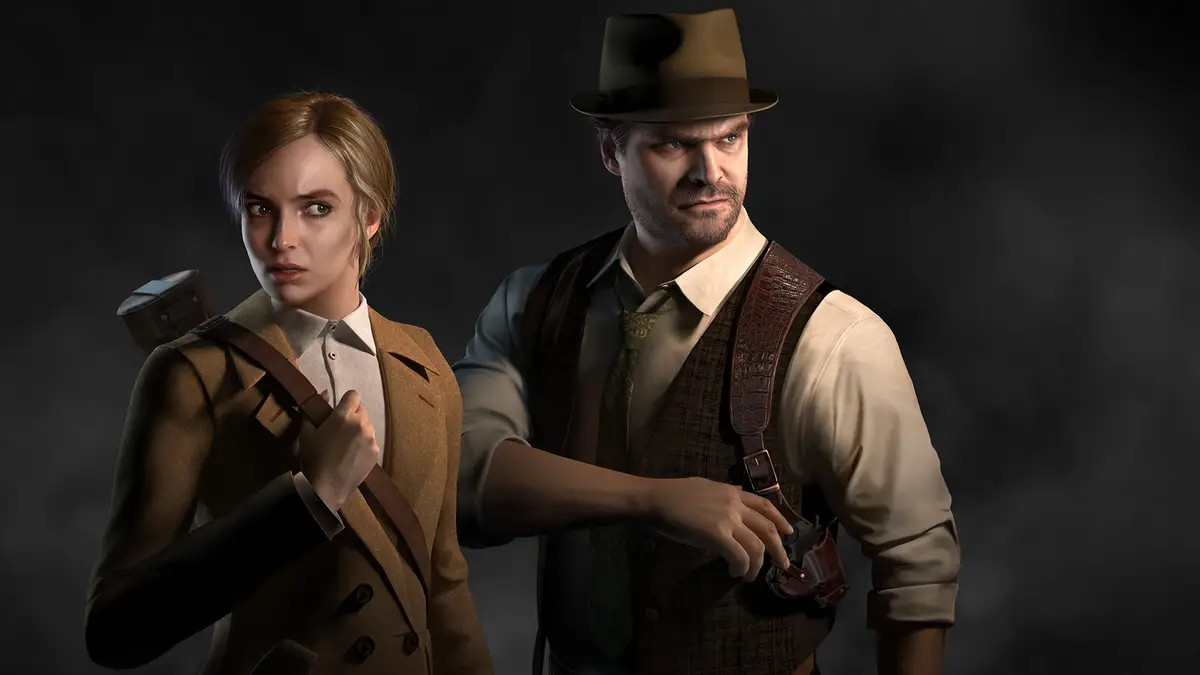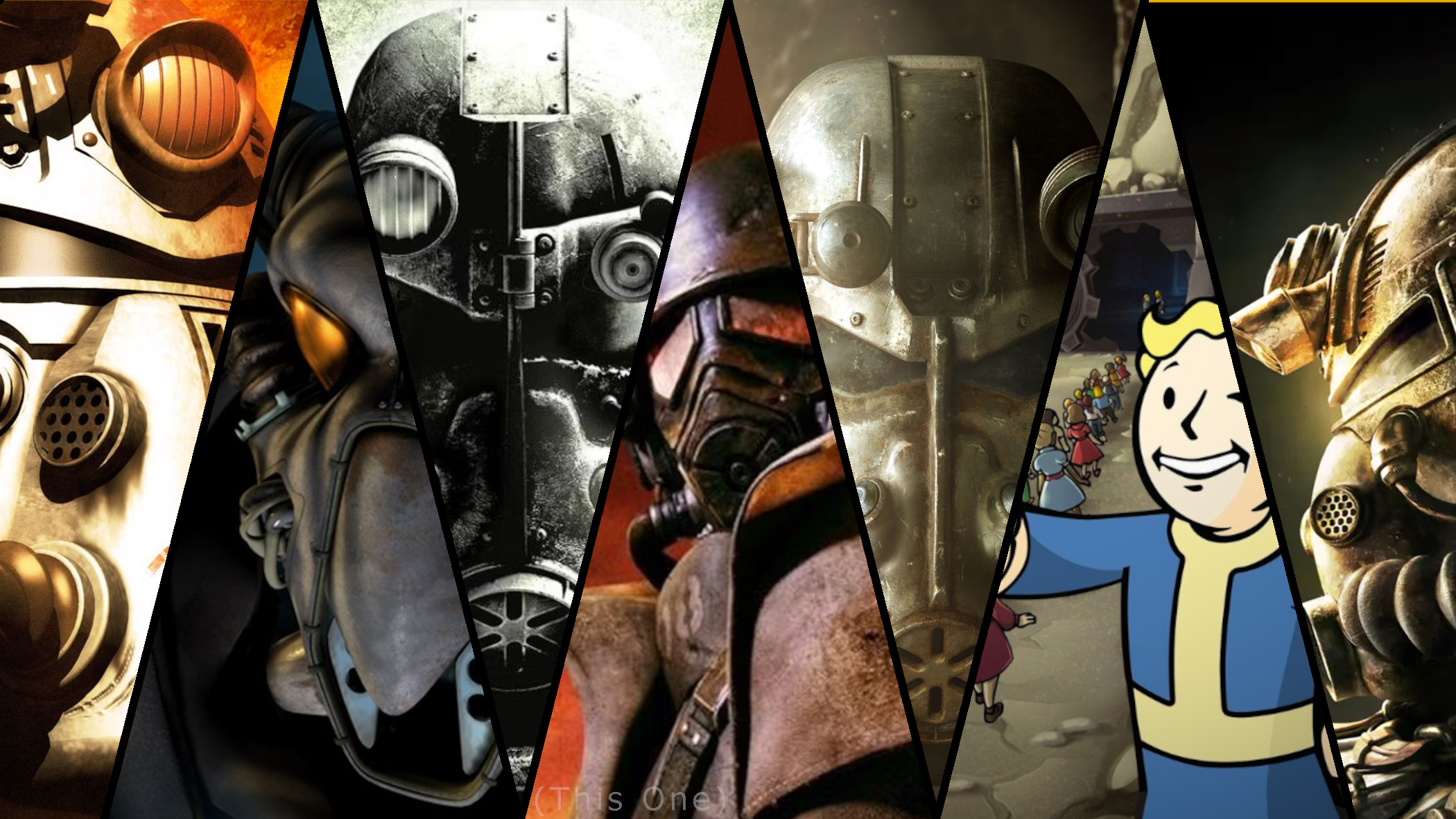For a game with thousands upon thousands of lines of dialogue, the original Pillars of Eternity comes back to me as naturally as breathing. It’s been a year since I beat Obsidian’s crowdfunded CRPG, and I fully anticipated all its intricate lore and character titbits seeping out of me like souls from an adra formation. Instead, when I booted Pillars of Eternity II: Deadfire, I was greeted with familiar faces and a world that was recognisable.
Deadfire trades the Eastern Reach for the water-locked islands and channels of the Deadfire Archipelago; a land plagued by pirates and, more recently, a moving statue the size of a castle-the size of my castle, technically, because it climbed out of the ground and destroyed Caed Nua, leaving my character face-down in the mud. Now, in my new seafaring stronghold, I’m chasing a god into unknown and occasionally uncharted territory. Almost immediately, the things that made me love the first game come hard and fast: dozens of lore-based skill checks, amazing writing and a world that is begging to be explored. It certainly helps that Deadfire looks significantly better than its predecessor, but it’s still the art and the writing that prevail here; this is a talk-to-everyone, look-at-everything kind of game.
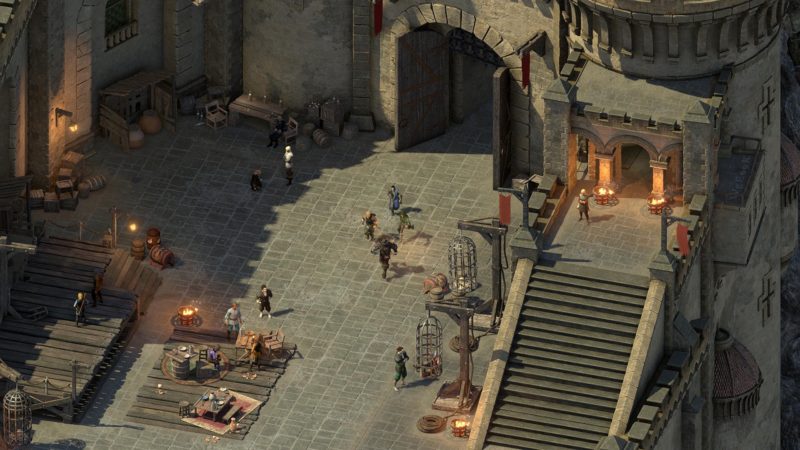
Early in the game, I’m tasked with investigating a dig site that has gone dark, and the local governor is concerned about his profit margins. Leaving the town of Port Maje, the game is thrown out into Deadfire’s new overworld system. Like the old Final Fantasy games, I can move freely around the map to investigate points of interest or other settlements. Movement is slow, but time is meaningful and resources scarce.
The combat is where the gaps in my memory begin to show. The pause-play cycle of command and execution is satisfyingly tactical, but I’m mostly useless at it. Some new mechanics like powering up abilities and new evasion skills make it more dynamic and flexible, but it’s too early to see how meaningful they’ll really be.
I deal with the dig site problem in due course, and even recruit an old friend along the way, but the real star throughout this small questline is the improved dialogue system. Companions interject a lot more, decisions impact your personality and how others perceive you in meaningful ways and entire quests can change based on how you conduct yourself. It’s all represented in a mundane reputation tree, but if you ignore that and focus solely on the writing, it feels a bit like magic.
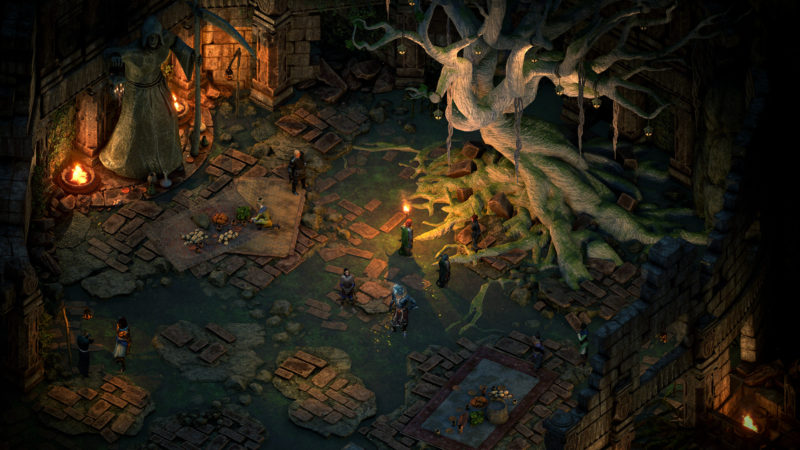
And all that writing is fully-voiced too, a feat that seemed impossible when it was announced. These games have a ludicrous amount of dialogue, but Obsidian have gone all-out in making this the definitive CRPG. Really, it’s too difficult to say how the rest of the game will pan out beyond this, but it’s a sensationally promising start.
It’s also a much larger game. The Archipelago is open to explore from a very early point in the game, and I found myself relatively free to do what I wanted. I started with Neketaka; a wavering hierarchy of a city with a dirty underbelly. From a distance, it would look closer to a mountain than a metropolis, but a few minutes spent in its filthy streets told me all I needed to know about is people and politics. Here, the weak are preyed upon by the strong or the greedy, or both.
Of course, the open seas mean boats, and The Defiant is how you’ll be travelling the world. It carries forward a lot of the incremental, persistent upgrades of Pillars 1’s Caed Nua, with added customisation and management in the form of crew, resources and equipment. Within hours, I’d hired myself some cannoneers, given them something to fire and reinforced my ship with some fresh armour. Upgrades feel satisfying and hard-to-get, but the combat that they serve is a little underwhelming thus far. Rather than shoehorn in a naval battle system, Obsidian have opted for what they do best: writing. All the ship-to-ship fighting happens in a visual novel style, as you issue commands to your crew and manage the distance between you and the enemy. On paper, it’s a novel approach to a difficult problem, but the execution is slow and clunky. Patches can improve the delay between turns, but the core concept seems flawed.
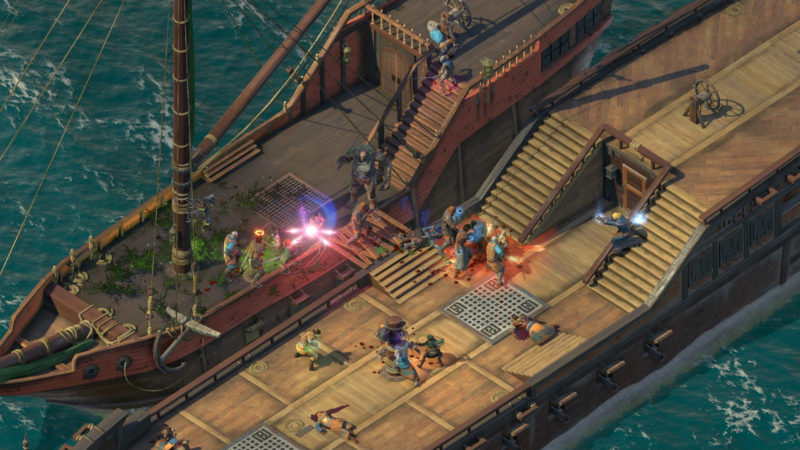
And unfortunately, bugs have undermined a lot of the writing’s magic. World history not importing from the first game properly, dialogue choices not resolving correctly, items disappearing from my inventory and a whole host of crashes and hitches have left me more than a little wary of continuing to play. This is a game so reliant on choice and circumstantial items and dialogue that one bug could dismantle an entire section of the story. Performance is better, but what good is that when the core experience is compromised in such a way? It’s a situation reminiscent of the Mass Effect 3 import problems.
Ultimately, this is a crowdfunded game made on a tight budget by a company with a turbulent history. It’s a wonder that the first game got made, and a downright miracle that this sequel shows so many signs of improvement. It might take some time and patching before it truly shines, but the experience so far is more than a little awe-inspiring. Pillars of Eternity II: Deadfire is a proper sequel. My advice? Give it some time, then dive in. This is up there with last year’s Divinity: Original Sin 2.
